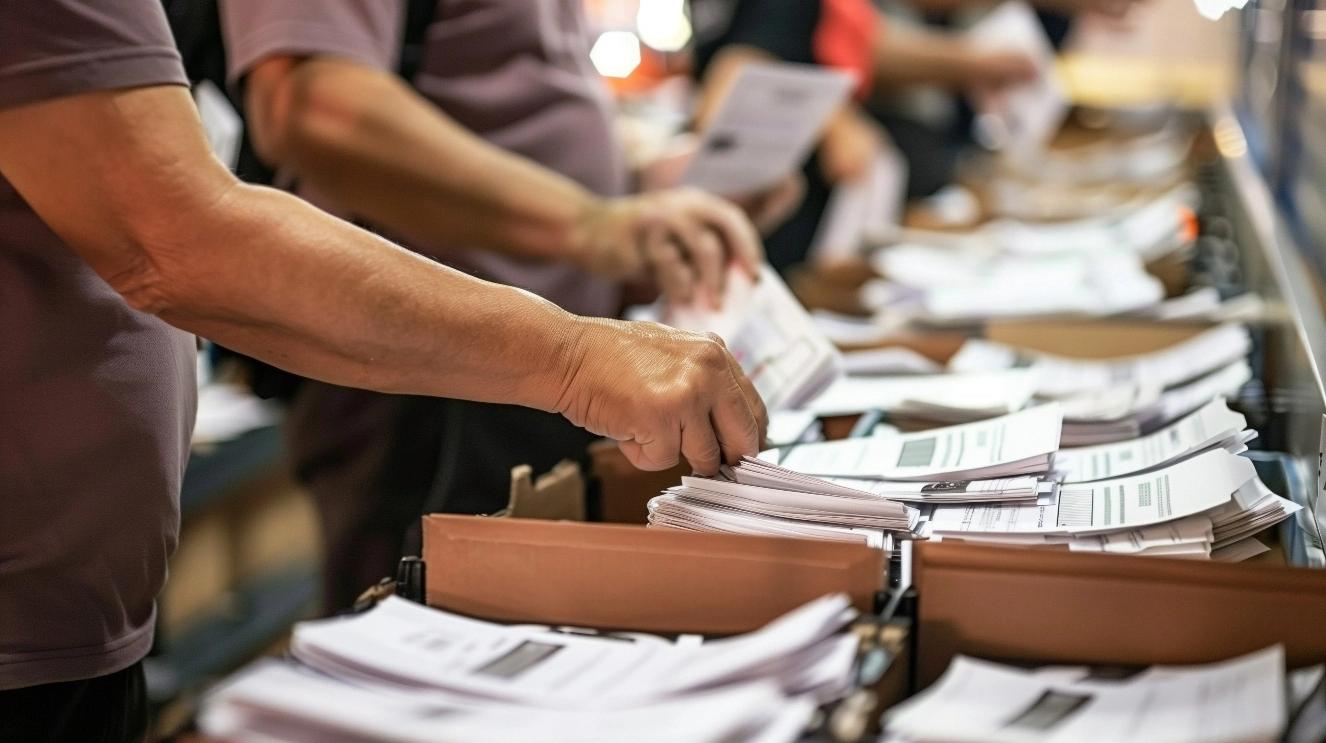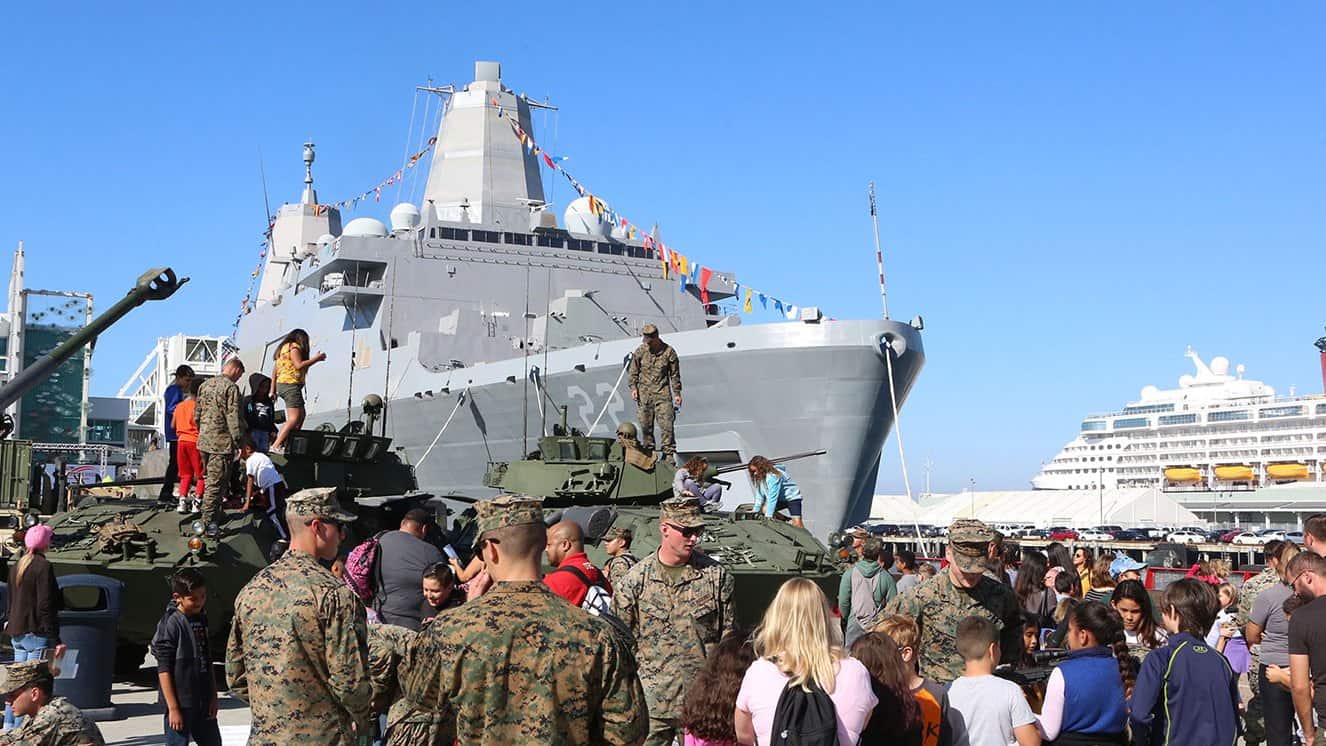UKRAINE AND RUSSIA WWI TREATY CASTS LARGE SHADOW AMID CURRENT CRISIS

February 9th marks the anniversary of the very first peace treaty of World War I – a peace treaty signed between Ukraine and Russia or, more specifically, the Central Powers. The treaty was signed at 2:00 a.m. in the year 1918.
A Look at the Current European Climate on the Anniversary of the WWI Ukraine and Russia Peace Treaty
This treaty followed Ukraine’s intense, albeit brief, struggle for independence in the midst of WWI, which came to a head coincidentally just after Russia’s monarchy collapsed in on itself. Initially, a handful of the leading political minds in WWI Ukraine petitioned that Ukraine be recognized as a republic within Russia. However, following the overthrow of the makeshift Russian government during the Bolshevik Revolution, Premier Vladimir Vinnichenko began lobbying for Ukraine’s complete independence in January of that same year. Bolshevik forces were sent into Ukrainian territory as a result of the Premier’s talks of independence, but they were soon forced out by German troops once the Ukraine and Russia/Central Powers peace treaty was signed. On this anniversary over 100 years later, we’re reminded of this WWI peace treaty and Ukraine’s path to independence, as Russia has poised hundreds of thousands of troops at Ukraine’s border once again. It seems Russia is unwilling to let go of the hold they have – or are trying to regain after 100 years – over Ukraine and similar territories. Learn about America’s response:Biden To Place U.S. Troops in Eastern Europe Amid Ukraine Buildup
Russia’s Military Movement & Ukraine’s Role
So, what is Russia up to now? It’s anyone’s guess, as President Vladimir Putin has repeatedly claimed that he has no plans to invade Ukraine. However, leading theorists and recent political and military developments show that one of the biggest keys to Russia’s military movement is NATO – the North Atlantic Treaty Organization. Ukraine’s 2019 presidential election saw comedian-turned-president Volodymyr Zelensky appointed to high office. It was believed that, as a newcomer to the world of politics, he might have been more open to Russian sympathy. Russia has since been pushing Zelensky to bring back the 2014- and 2015-era Minsk Protocols, which could help bring a pro-Russian mindset back to the country. However, Zelensky has turned the tables by approving the National Security Strategy for Ukraine, which means that Ukraine and NATO will work as partners with the end goal of Ukraine's full membership in NATO. Without actions like these, it seems Putin is largely concerned about Ukraine’s assimilation into Western groups, like NATO, which would push them farther away from Russia’s sphere of influence and even more firmly turn them against Russian ideals. Plainly put, Russia does not want to risk Ukraine forming military alliances with NATO countries, which include Canada, France, the U.K., and the U.S., among others.
Ukraine and Russia’s Past Speaks to the Future
The Ukraine peace treaty from WWI isn’t the only moment in history that Ukraine and Russia have butted heads. Today’s Ukraine and Russia tensions can all be mapped back to the beginning of the Ukraine crisis in 2014. The crisis, to which more than 13,000 casualties are attributed, began when then-President Viktor Yanukovych of Ukraine rejected an economic integration deal with the EU. His constituents were unhappy with the decision, and his violent security crackdown following protests led to country-wide upheaval. Amidst the turmoil, Russia took control of the Crimean region, with Putin stating that it was Russia’s job to protect the rights of Russian citizens in the region. Russia found support in droves from Ukrainian separatists in the regions of Donetsk and Luhansk, which is where the greater majority of Russian troops are currently being mobilized. Since then, tensions between Ukraine and Russia have only heightened, with NATO now poised to step in and defend Ukraine should it become necessary. Military actions, such as the downing of the Malaysian flight in 2014 and mysterious cyber attacks against Ukraine in 2017, continue to prove Russia’s urge to expand its presence and influence in Ukraine. These also prove the unlikelihood that Russia will back down any time soon without guarantees from NATO allies that they will not accept Ukraine’s membership into the organization, which they are not likely to get any time soon. Putin is sticking to his statement that Russia will not invade Ukraine, but he seems unwilling to let go of what he saw as an explicit agreement from NATO in the 1990s: “You promised us in the 1990s that [NATO] would not move an inch to the East. You cheated us shamelessly.” It looks as though Putin is permanently stuck in the past, and his hostile words and actions may mean he is forced to relive the worst parts of it, as well. More in military news:Sorry USSF, NASA Is Crashing The International Space Station



